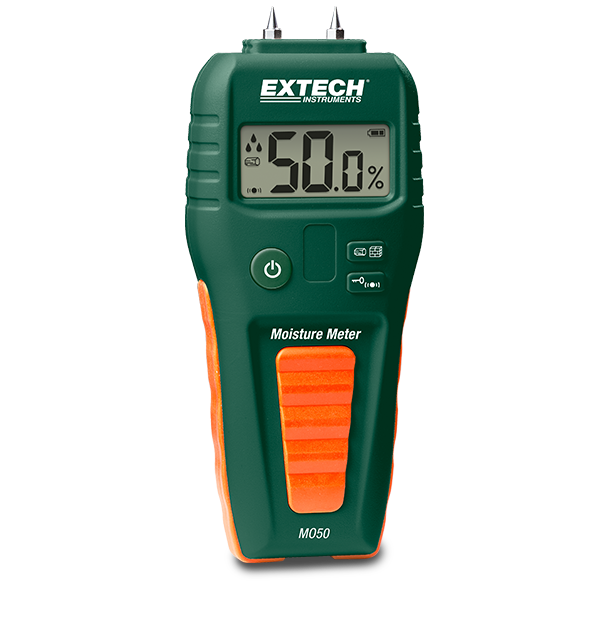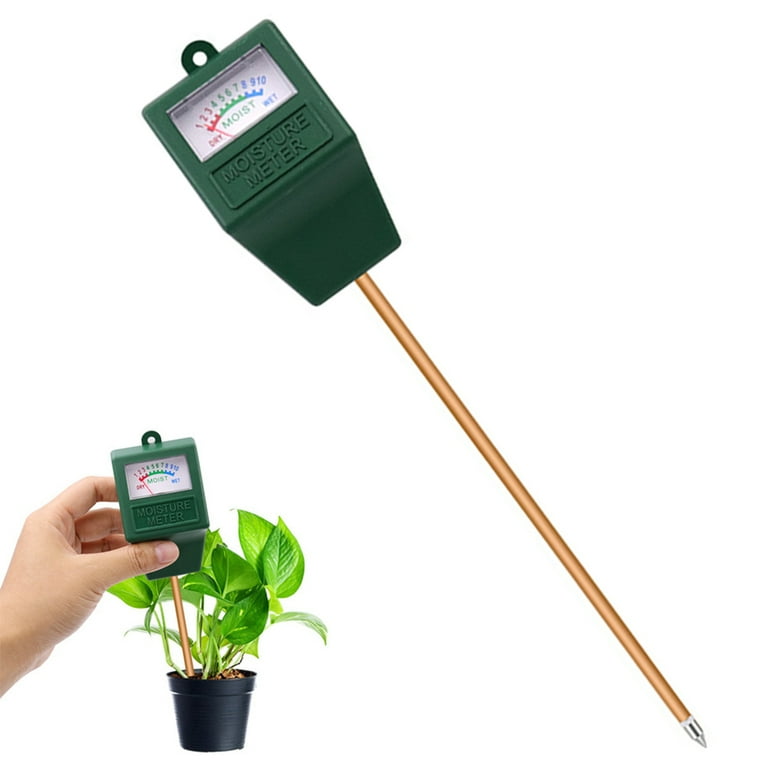Understanding the Relevance of a Moisture Meter in Stopping Mold and Water Damages in your house
In the world of home maintenance, the visibility of moisture can typically be a silent yet formidable opponent, with the ability of triggering prevalent mold growth and perilous water damages if left unattended. Among the serene setting of a house, hidden moisture concerns can brew beneath the surface area, positioning a danger to both residential property and health. Equipped with the right tools and knowledge, property owners can proactively deal with these potential threats. Comprehending the value of a dampness meter in this fight is not just a choice but a tactical need.
Significance of Moisture Discovery
Efficient wetness detection approaches are critical for safeguarding residential or commercial properties and avoiding potential mold development and water damages. Dampness can seep right into different structure products, leading to architectural concerns and carcinogen. By making use of a moisture meter, building proprietors can proactively determine areas susceptible to excess wetness, permitting timely treatment and reduction strategies.
Moisture meters offer precise analyses of dampness degrees in various products such as wood, concrete, and drywall. This data aids in pinpointing locations of worry, also in hard-to-reach or surprise areas. Early detection of wetness build-up makes it possible for prompt fixings or adjustments to avoid more damages.

Exactly How Moisture Meters Job
Moisture meters play a pivotal role in the aggressive identification of excess moisture, aiding in the avoidance of prospective mold development and water damage by supplying accurate readings of moisture levels in various structure products. Some progressed moisture meters pin both combine and pinless technologies for extensive wetness discovery. Recognizing how moisture meters function is necessary for prompt and precise wetness level evaluations, enabling effective preventive procedures versus mold and mildew and water damage.
Detecting Early Caution Indicators
Upon first assessment of a property, acknowledging refined signs of excess moisture comes to be critical in the very early discovery of potential mold development and water damages. Water stains can signal leakages or infiltration, while peeling paint or wallpaper may be an outcome of wetness endangering the bond of these products to the surface area. Additionally, a boost in allergic reaction signs or respiratory system concerns amongst passengers may suggest the existence of mold and mildew due to excess dampness.
Preventing Mold And Mildew Growth
Recognizing early caution indicators of excess wetness within a residential property not only makes click to read more it possible for prompt detection of potential mold development and water damage yet also functions as a positive procedure in stopping the expansion of mold and mildew. To properly avoid mold and mildew development, it is critical to address any kind of sources of dampness immediately. This can include dealing with leakages in roofings, pipes, or windows, making sure correct ventilation in wet locations like bathrooms and kitchens, and making use of dehumidifiers in high-humidity rooms. On a regular basis checking and preserving the home's plumbing, roofing, and seamless gutters can likewise help in stopping water invasion that could lead to mold growth.
Monitoring dampness degrees in areas prone to moisture, such as basements and creep areas, using a wetness meter can additionally assist in very early detection of raised moisture degrees and possible mold growth - Moisture Meter. By taking aggressive from this source steps to protect against excess moisture and mold growth, house owners can secure their residential or commercial property and interior air quality.
Benefits of Normal Surveillance
Regular monitoring of dampness levels in a residential property can play a crucial duty in keeping a healthy indoor setting and protecting against potential mold and water damages. By regularly checking dampness degrees, house owners can discover any kind of issues promptly and take essential activities to stop mold development and water damage.
Furthermore, regular monitoring allows house owners to track patterns and fads in moisture levels in time. By establishing a baseline and surveillance changes, people can identify any kind of locations of concern or possible susceptabilities in the residential or commercial property's framework. This data-driven strategy enables targeted treatments and upkeep efforts to resolve underlying problems before they intensify right into more significant problems. Eventually, the constant surveillance of moisture levels equips house owners to secure their residential or commercial property, guard their wellness, and protect see this here the integrity of their indoor atmosphere.

Conclusion

By using a wetness meter, residential or commercial property owners can proactively identify areas prone to excess moisture, enabling for prompt intervention and mitigation techniques.

Keeping an eye on moisture levels in locations susceptible to moisture, such as basements and crawl spaces, utilizing a wetness meter can also assist in very early discovery of raised moisture levels and prospective mold development. (Moisture Meter)